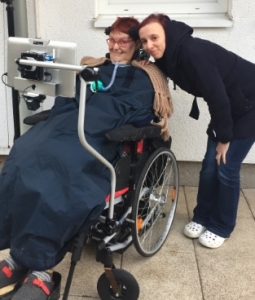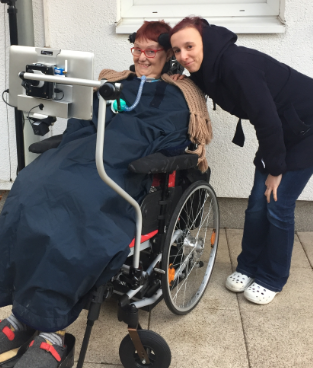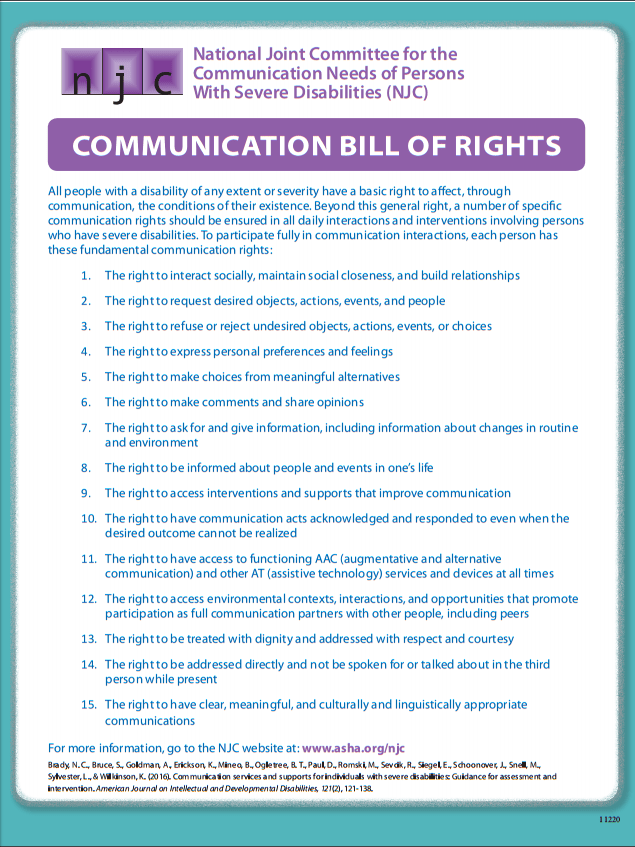How does the Eyegaze Edge speech generating device improve communication in the home?
Families who come to Eyegaze Inc. for eye gaze communication solutions come to us as they are experiencing communication declines in the home with their loved ones. Since communication is a shared
With declines in speaking ability before receiving an eye gaze communication device, an individual often experiences:
• Failed attempts to communicate their intended messages
• Abandonment of ideas
• Reduced participation in daily routines
• Decreased sense of connectedness with the world around them
• Increased frustration, despair or sadness
• Dependence upon communication partners to interpret communication attempts
• Dependence upon communication partners to anticipate daily wants and needs
Introduction of the Eyegaze Edge communication device allows the individual to once again:
• Type and create messages using their own voice
• Advocate for themselves
• Participate in family decision making
• Agree or disagree with someone
• Express their wants, needs and desires
• Communicate in emergency situations
• Direct the behavior of caregivers
• Engage people in their community
• Work from home
• Use a telephone, the internet and send text messages
• Participate in leisure activities
• Participate in support groups
• Nurture family relationships through communication
Augmentative alternative communication (AAC) devices clearly support improved communication for all those in the home environment. We learn from the Communication Bill of Rights that AAC users have the right to interact with their environment, communicate, be informed, access robust communication solutions, and be treated with dignity.
Therefore, there is no better way to celebrate May as Better Speech and Hearing Month than to share the Communication Bill of Rights, created by the National Joint Committee for the Communication Needs of Persons With Severe Disabilities.


